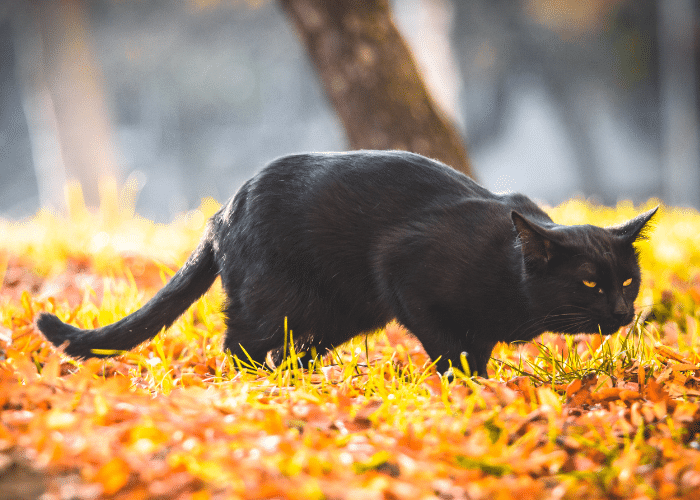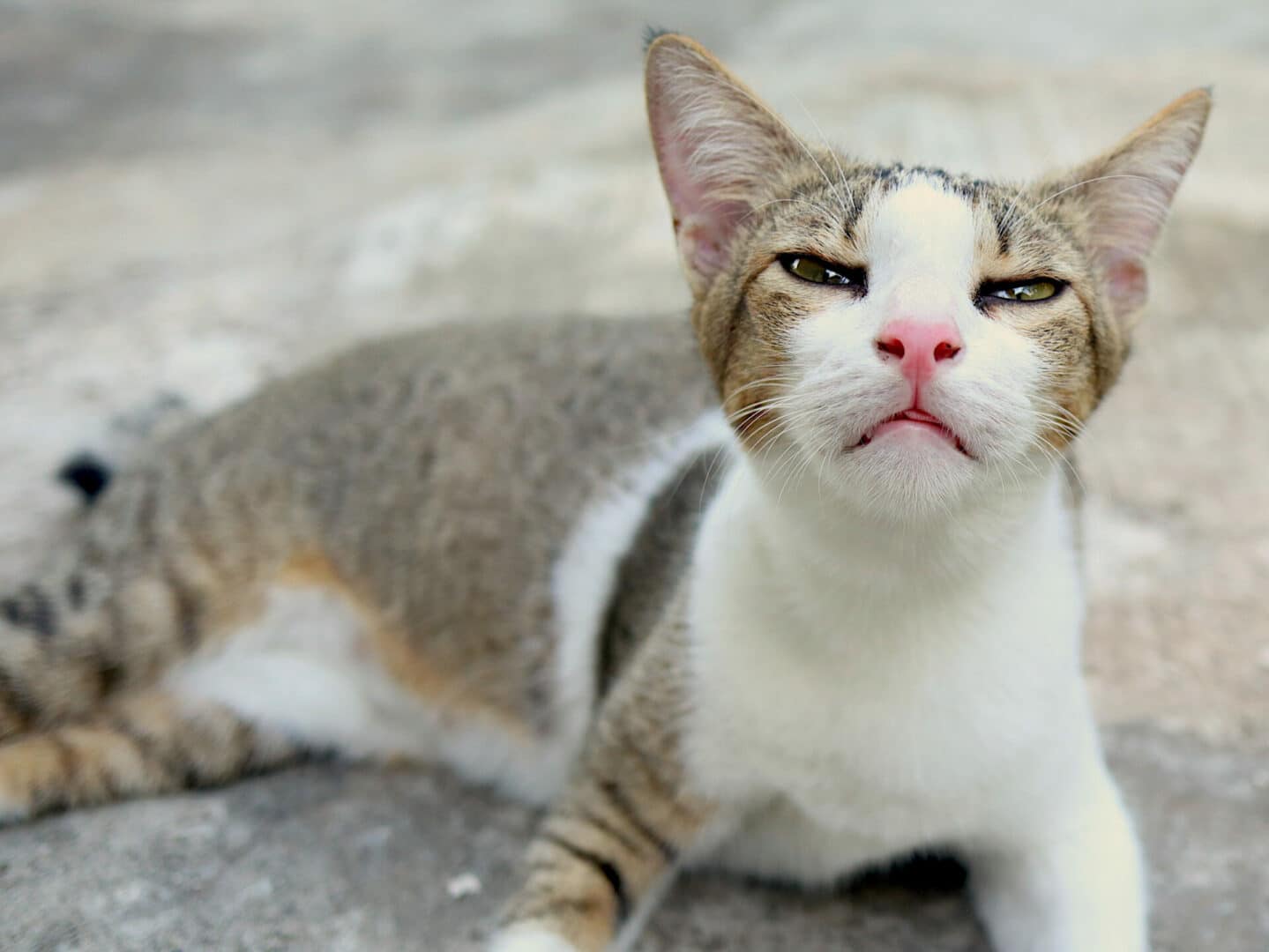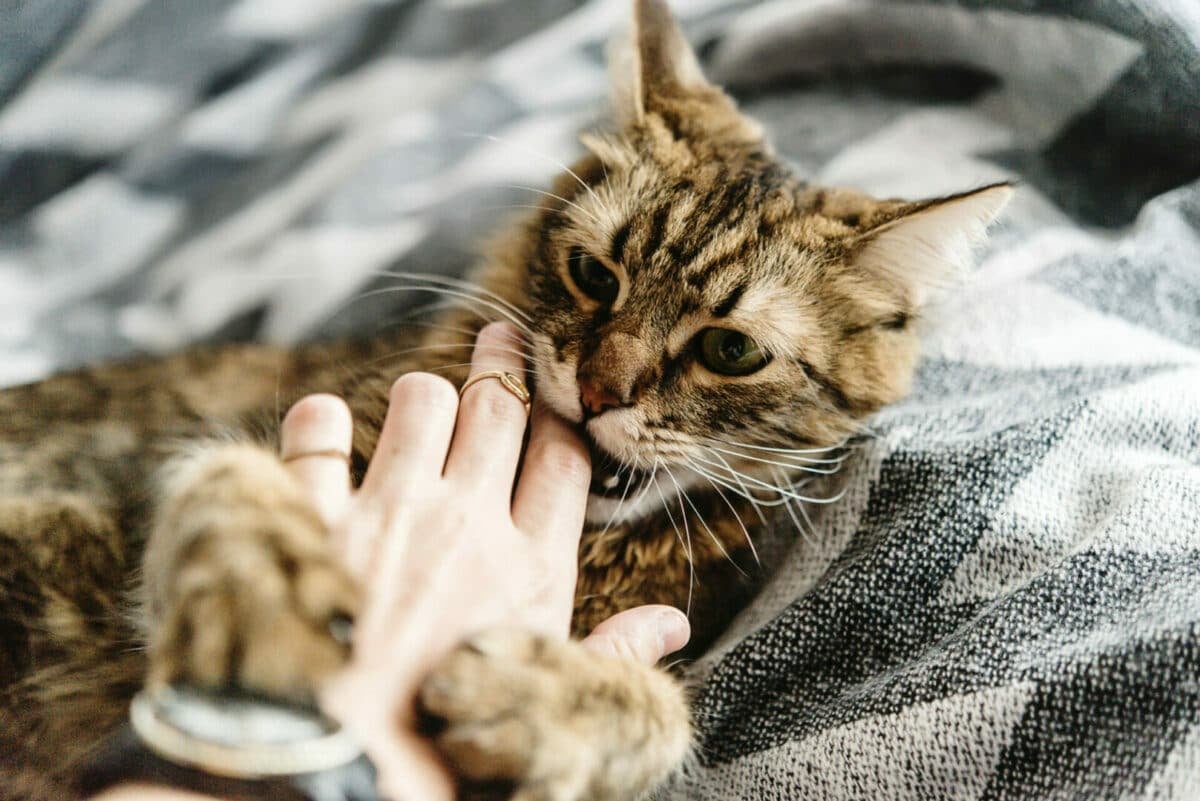Not being able to breathe or having trouble breathing can be a pretty scary thing, even for cats. It can even cause a decline in their quality of life. Before it gets to that point, do some research on the disease by reading further.
What is Chronic Obstructive Pulmonary Disease (COPD)?
COPD in cats is also known as Chronic Bronchitis. If you have ever had bronchitis, you know it isn’t fun. The disease happens when the bronchi in the lungs become inflamed. This disease affects the lower respiratory tract. Bronchi is what is responsible for moving oxygen in the lungs. The disease progresses slowly and unfortunately, there is no cure at this time.
Causes of COPD
The causes of COPD in cats are still being researched. However, veterinarians believe that the causes of COPD in cats are similar to the causes in humans. Constantly breathing in poisons such as cigarette smoke, allergens such as dust and other irritants like chemicals can cause the disease. Another reason to stay away from those cancer sticks – they not only are harmful to your health, but also to your cat’s health! Dental disease can also lead to chronic bronchitis, another reason to keep up on dental hygiene.
Symptoms of COPD
The symptoms of COPD in cats include wheezing, trouble breathing, and dry cough. A gag may follow the cough and it may even sound like something is stuck in the cat’s throat. If your cat is wheezing a ton, be sure to find out why here. Because of the lack of oxygen moving through a cat with COPD, their mucous membrane colors may have a bluish tinge. Dyspnea is a term used for trouble breathing and hypoxic is when the body doesn’t have enough oxygen causing that blue color. Hypoxia is an emergency condition and if you find your cat in this state, they need to be brought to a veterinary hospital right away.
Diagnosing COPD
If you observe your cat wheezing and coughing, be sure to make an appointment with your veterinarian. Give them a detailed history and include any irritants that your cat may be breathing in at home. If you smoke in the house – tell your veterinarian. They need to be able to narrow down the causes.
The veterinarian will first want to listen to the cat’s lungs, paying attention to any “crackling” noises. Bloodwork will need to be performed to evaluate white blood cells, especially for any underlying infections. Chest X-rays are extremely helpful in diagnosing the disease because of the bronchial pattern viewed in the films. Here, veterinarians can rule out other pulmonary diseases such as pneumonia, heart disease, and cancer.
Treatment for Chronic Obstructive Pulmonary Disease (COPD)
Because there is no cure for COPD in cats at this time, symptoms have to be managed. If diagnosed, medications like bronchodilators and cough suppressants can help the cat breathe and find some relief. Antibiotics are helpful if there is a secondary infection tagging along with COPD. Sometimes steroids are even needed to help find some relief, although they shouldn’t be used long term. Regular follow-ups and yearly chest X-rays can be helpful to keep an eye on the progression of the disease.
If you find your cat is having trouble breathing, don’t wait for the symptoms to go away on their own. Call your veterinarian right away, especially if your cat continues wheezing and becomes hypoxic. COPD can turn into an emergency. You can click here for more information on chronic bronchitis in cats.






